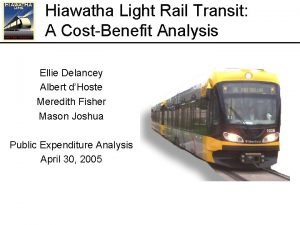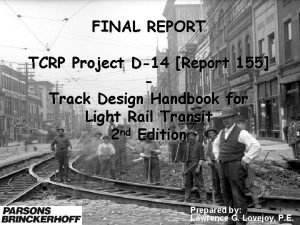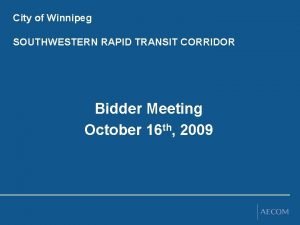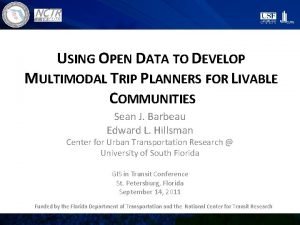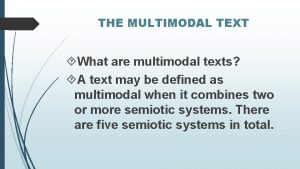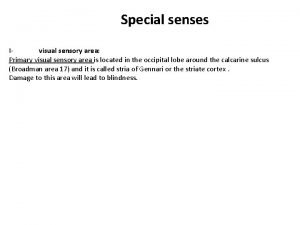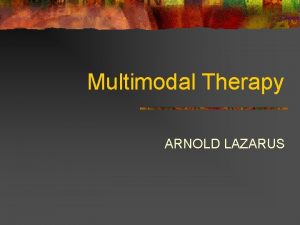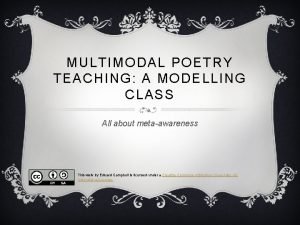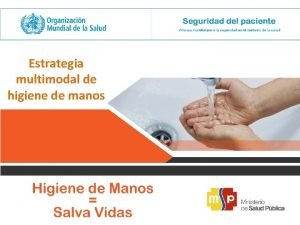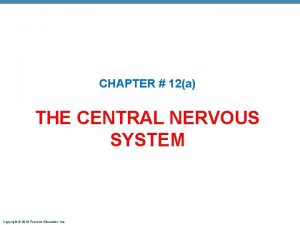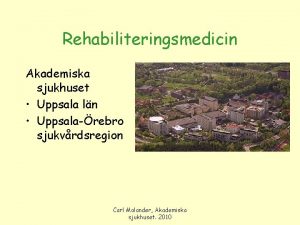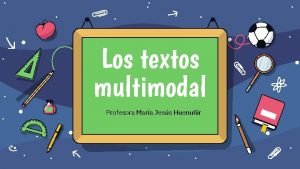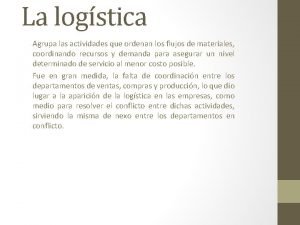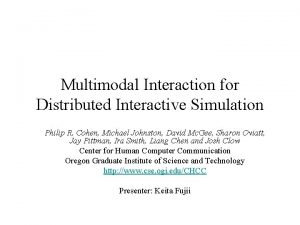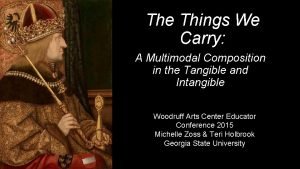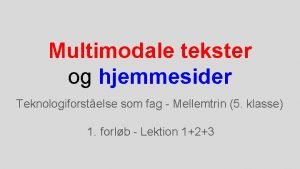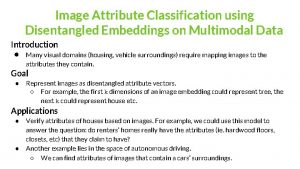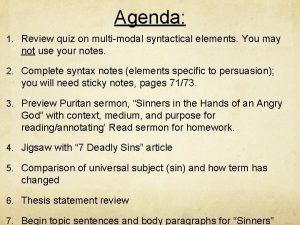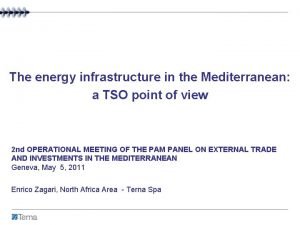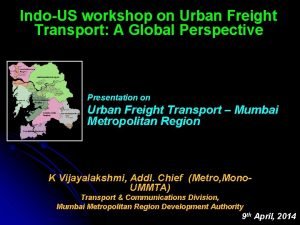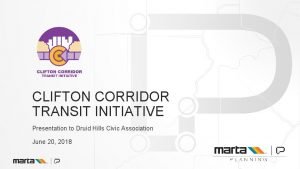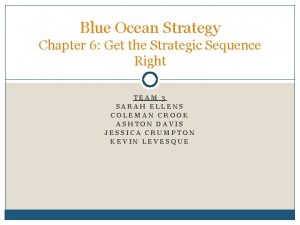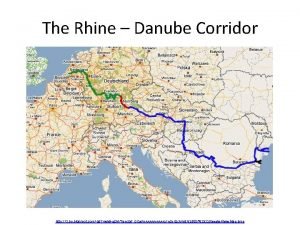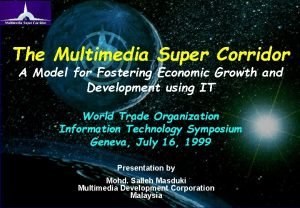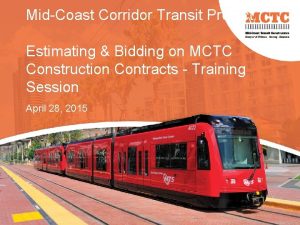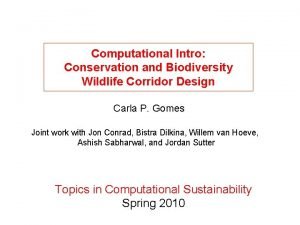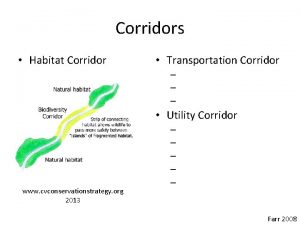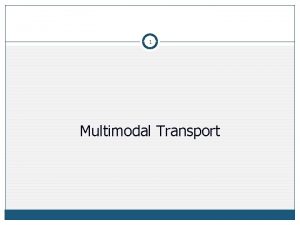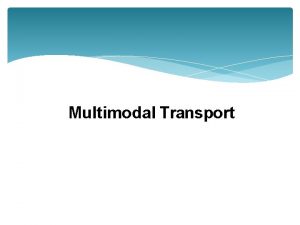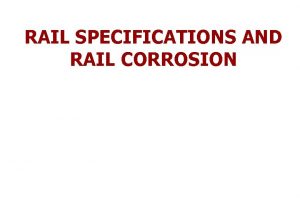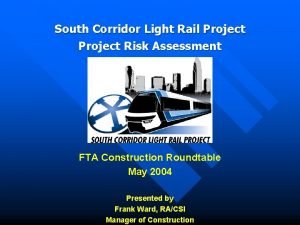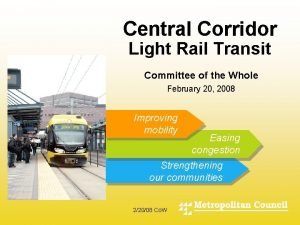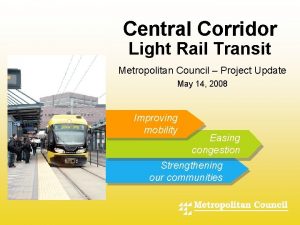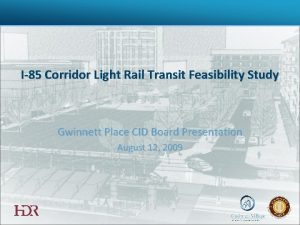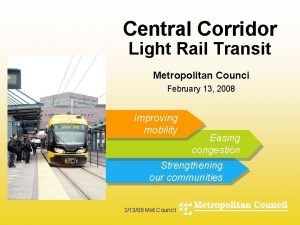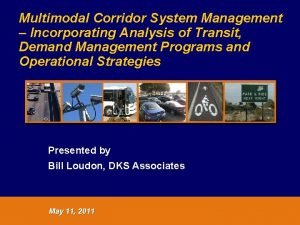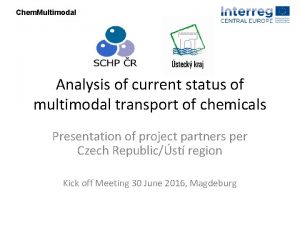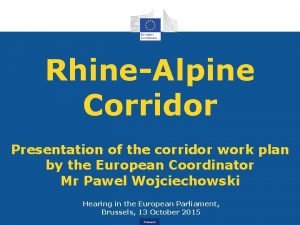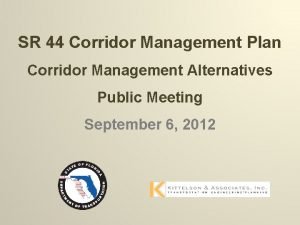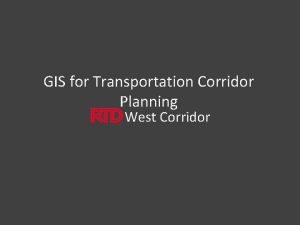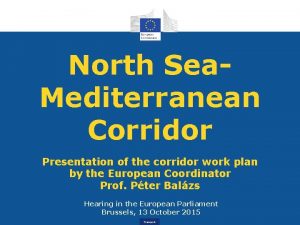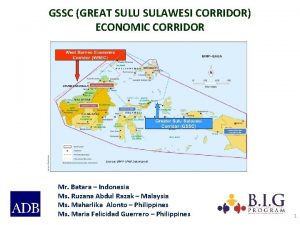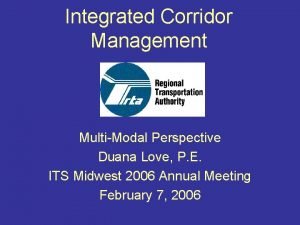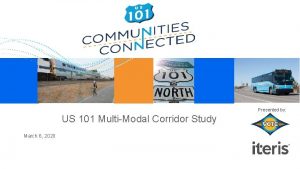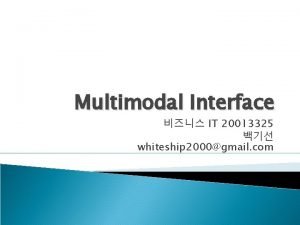Analysis of a Multimodal Light Rail Corridor using
































- Slides: 32

Analysis of a Multimodal Light Rail Corridor using an Activity-Based Microsimulation Framework S. Ellie Volosin & Ram M. Pendyala, Arizona State University, Tempe, AZ Brian Grady & Bhargava Sana, Resource Systems Group, Inc. Brian Gardner, Federal Highway Administration, Washington DC May 8 – 12, 2011; Reno, Nevada 13 th TRB National Transportation Planning Applications Conference

• • • Outline Background Project overview and objectives Geographical area and regional network Preparing the network Trip-based demand Execution of TRANSIMS Trip-based results Light rail line extensions Synthetic activity file generation Activity-based analysis - preliminary results Ongoing work and Conclusions

Background • Need for planning tools that offer greater level of detail • Disaggregate models better able to replicate human behavior more closely → Microsimulation models track each traveler individually • Limited work on microsimulation of transit modes

Project Overview • TRANSIMS deployment case study in Greater Phoenix Metropolitan Region • Funded by Federal Highway Administration • Emphasis on two developments – Microsimulation of transit modes – Activity demand generation module • Application to a mixed mode corridor including auto, bus, and rail modes

Project Objectives • Implement, calibrate, and validate TRANSIMS model • Evaluate performance of mixed mode network – Intersection delay – Rail crossings – Transit transfers and boardings • Use calibrated model to predict conditions with future light rail extensions

Phoenix Metropolitan Area

About the Greater Phoenix Region • 4. 28 million people in the metropolitan area • City of Phoenix is the 5 th largest in the U. S. • Eight separate cities in the region with more than 100, 000 people each

Light Rail System • • Light Rail Transit (LRT) line began service in Dec, 2008 Starter line ~ 20 miles long Serves West Mesa, North Tempe, and Central Phoenix Important service stops – – – Arizona State University Mill Avenue Shopping District Professional Sports Facilities Phoenix Sky Harbor Airport Phoenix Central Business District

Future Light Rail Expansion

Network Development • Network adapted from 4 -step model network – Centroid connectors deleted – All speeds and capacities set to physical values – External connectors retained • TRANSIMS built-in network conversion tool

Network Development • Transit network created from route stops and route characteristics – Route headways vary by service times – Routes coded with stops and “pass-by” points • Manual adjustments made to lane connectivity

Definition of Activity Locations • Activity locations (ALs) constitute the start and end point of every trip – Alternative to the zone centroid in the 4 -step model • All activity locations are assigned a corresponding zone • Each zone must have at least 1 AL assigned to it • Developed a program to 1. Identify zones with no ALs 2. Locate the closest AL to that zone centroid 3. Reassign the AL found to the zone in question

O-D Trip Tables • Initial implementation was O-D trip table-based – Obtained from the 4 -step model – Trip tables by mode: SOV, HOV, bus, express bus, light rail – Trips by purpose (6 purposes) • Time of day applied through diurnal distributions – Calculated from NHTS 2009 data – Distributions by mode and purpose • TRANSIMS trip conversion tool • ~15 million trips in Greater Phoenix Metro Area

Rail Bias • Found light rail boardings below observed ridership numbers • Two possible transit options in TRANSIMS – “transit” or “transit with rail bias” • Found that coding all transit trips as “transit with rail bias” improved boarding counts • Rail bias is set higher than 1 – Prompts transit riders to prefer rail over bus

Execution of TRANSIMS • TRANSIMS Studio: GUI built to aid in TRANSIMS model building • Trans. VIS: visualization tool built for TRANSIMS • Currently running TRANSIMS Studio – 64 bit Windows machine – 6 processors = 6 traveler partitions • 1 full microsimulation takes about 2 days – Adding more processors could reduce run times

Router Stabilization • Iterative method • In each iteration, re-route only select travelers • Plan Sum finds travel times based on free-flow speed

Microsimulator • Process similar to that of Router stabilization – Microsimulator is used rather than Plan Sum – Microsimulator considers congestion along continuous time axis • Cellular automata model – Every travel lane is a series of cells – Only one vehicle can exist in a cell at a time • Microsimulator includes parameters for following distance, reaction time, look-ahead distance, etc.

Results based on O-D Tables Facility Type Collector Expressway Freeway Major Total Number of Observed Observations Vehicle Counts 228 769139 69 598068 49 3451424 3571 34868806 3917 39687437 Mode Type Local Bus Total Express/Rapid Bus Total Light Rail Total Observed Boardings 197566 6826 40772 245164 TRANSIMS Volume 902272 926566 4804426 40892809 47526073 Transims Model Boardings 194496 21012 37605 253113 % Difference 17. 31% 54. 93% 39. 20% 17. 28% 19. 75% % Difference -1. 55% 207. 82% -7. 77% 3. 24%

Results based on O-D Tables • Total travel time for all trips = 5824751 hours • Average travel time = 30. 08 minutes • Maximum vehicles on the network = 652159 at 3: 49: 51 pm • Time schedule problems still experienced – Departure time – Arrival time – Wait time

Light Rail Specific Results Stop Location West End of Line Business District State Government Buildings Professional Sports Facilities Sky Harbor Airport Mill Avenue Shopping District Tempe Transit Center Arizona State Main Campus Loop 101 Park n Ride East End of Line EB Boardings 1982 1266 1693 1517 398 1432 407 288 609 75 0 WB Boardings 0 419 322 772 695 582 404 697 991 1334 2660

Delays at Mixed-Use Intersections Intersection 1: Downtown Phoenix Avg. 15 -Min Direction Avg. Delay Max. Queue Volume A 225. 33 1. 66 0 B 122. 92 0 2 C 160. 08 0 0 D 120. 83 0 0 Intersection 2: Suburban Tempe Avg. 15 -Min Direction Avg. Delay Max. Queue Volume A 139. 42 1. 74 3 B 107. 75 1. 48 3 C 105. 17 0. 46 2 D 179. 75 3. 59 8

Light Rail Scenario • Selected two planned extensions – Northern extension – Mesa extension • All transit trips in the O-D tables still coded as “transit with rail bias” • Even with fixed demand, transit riders have a choice

Light Rail Scenario Results Mode Type Base Network Results LRT extension results % Difference Local Bus Express Bus Light Rail Grand Total 197142 21745 44475 263362 209381 27652 52878 289911 6. 2% 27. 2% 18. 9% 10. 1% • Found expected increase in rail boardings • Also found increase in bus boardings – Could be due to a greater number of travelers taking advantage of transfer opportunities

Generating Synthetic Population • Pop. Gen software used – Developed at ASU – Chosen for its flexibility – No learning curve for ASU researchers • Synthesis performed to generate 2009 population • Synthetic Population Summary – – Number of Household File Records = 1521189 Average Persons per Household = 2. 76 Average Workers per Household = 1. 32 Average Vehicles per Household = 1. 81

Synthetic Activity Generation • Used TRANSIMS built-in activity generator: Act. Gen • Inputs: – Synthetic population with household descriptions – Survey file with activities pursued by persons in varying household types • Output: – File containing daily activity schedules for every person in the population • Used synthetic population from Pop. Gen • Input survey file created from NHTS 2009

Preparation of Input Survey Data • Trials made with different survey samples – Only Arizona survey records • 4511 survey records • 2. 99 activities person generated • 8. 37 activities per household generated – All U. S. survey records • 136136 survey records • 4. 52 activities person generated • 12. 83 activities per household generated • Used entire US survey records for richer sample from which to draw activity records

Preliminary Activity Generation Model • Activity-based travel simulation in the early stages at this time • All activities simulated for morning peak period – 6: 00 to 9: 00 AM • Model not yet validated

Ongoing Work • Initial results from activity generation simulation show an under-estimation of trips and transit boardings • Exploring possible ways to enhance replication of base year traffic volumes and boardings – Focus on Act. Gen module • Will apply the activity-based model to analyze two proposed light rail extensions

Questions http: //simtravel. wikispaces. asu. edu

Results based Activity Files • Total travel time for all trips = 406944 hours • Average travel time = 50. 53 minutes • Maximum vehicles on the network = 55774 at 8: 45: 31 am • Most common problems – Departure time – Transit Capacity

Light Rail Specific Results Stop Location West End of Line Business District State Government Buildings Professional Sports Facilities Sky Harbor Airport Mill Avenue Shopping District Tempe Transit Center Arizona State Main Campus Loop 101 Park n Ride East End of Line EB Boardings WB Boardings 38 6 5 0 0 0 1 0 0 0 4 0 27 10 1 0 2

Delays at Mixed-Use Intersections Intersection 1: Downtown Phoenix Avg. 15 -Min Direction Avg. Delay Max. Queue Volume A 23. 33 0 0 B 3. 83 0 0 C 17. 67 0 0 D 7 0 0 Intersection 2: Suburban Tempe Avg. 15 -Min Direction Avg. Delay Max. Queue Volume A 1. 83 0 1 B 1 0 1 C 1 0 1 D 1. 86 0 0
 Light light light chapter 23
Light light light chapter 23 Light light light chapter 22
Light light light chapter 22 Light light light chapter 22
Light light light chapter 22 Hiawatha light rail
Hiawatha light rail When sharing the road with a light rail vehicle you
When sharing the road with a light rail vehicle you Tcrp report 155
Tcrp report 155 Winnipeg light rail
Winnipeg light rail Usf bull sync
Usf bull sync Multimodal vs multimedia
Multimodal vs multimedia Example of multimodal text
Example of multimodal text Multimodal association areas
Multimodal association areas Arnold lazarus theory
Arnold lazarus theory Jennifer davids poet background
Jennifer davids poet background Componentes de la estrategia multimodal de higiene de manos
Componentes de la estrategia multimodal de higiene de manos Multimodal association areas
Multimodal association areas Multimodal rehabilitering
Multimodal rehabilitering Tipos de texto multimodal
Tipos de texto multimodal Desventajas del transporte multimodal
Desventajas del transporte multimodal Multimodal integration
Multimodal integration Multimodal composition
Multimodal composition Multimodal tekst
Multimodal tekst Multimodal attribute extraction
Multimodal attribute extraction Heteromodal association cortex
Heteromodal association cortex Multimodal elements quiz
Multimodal elements quiz Tso energy corridor
Tso energy corridor Means of egress examples
Means of egress examples Virar alibaug corridor map
Virar alibaug corridor map Clifton corridor
Clifton corridor Blue ocean strategy buyer utility map
Blue ocean strategy buyer utility map Http://3.bp.blogspot.com
Http://3.bp.blogspot.com Multimedia super corridor
Multimedia super corridor Mctc san diego
Mctc san diego Wildlife corridor design
Wildlife corridor design



